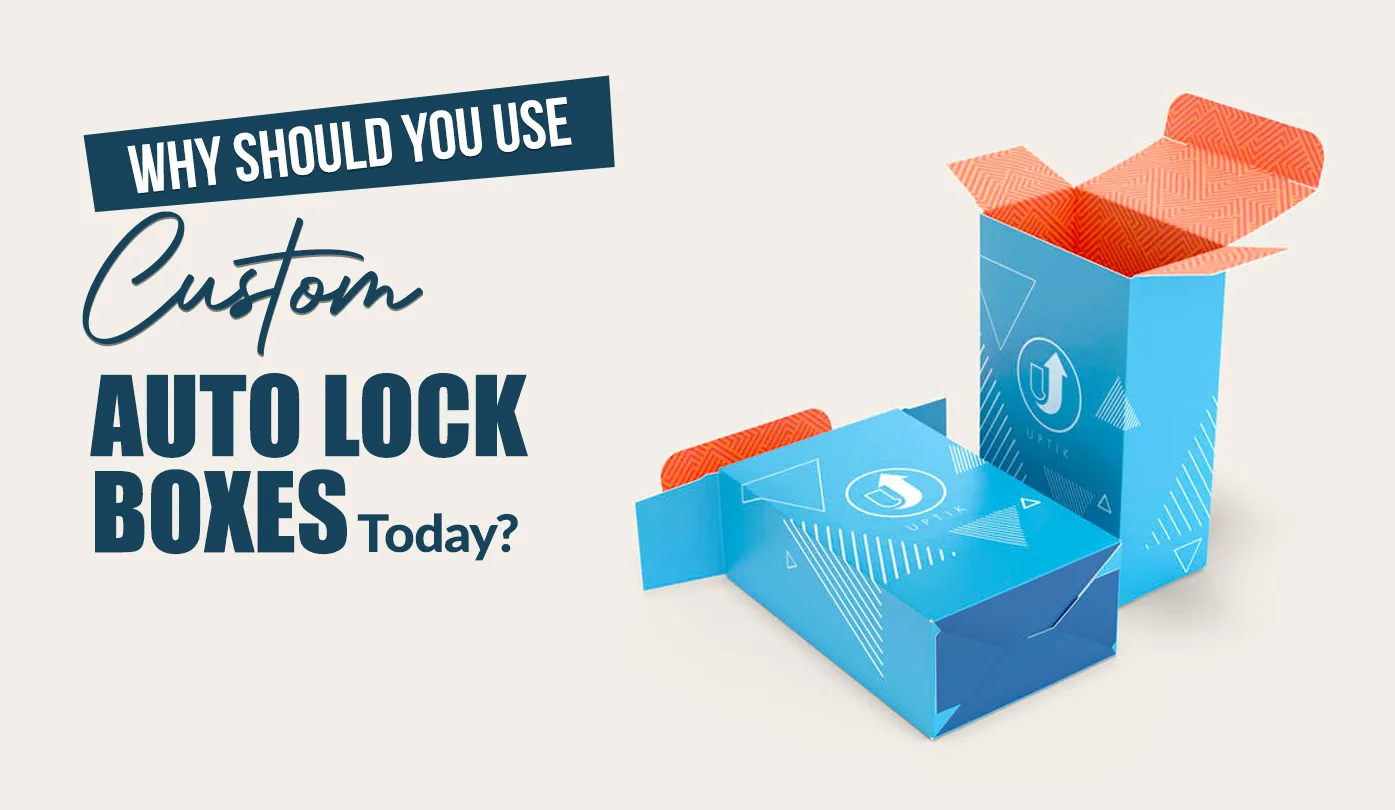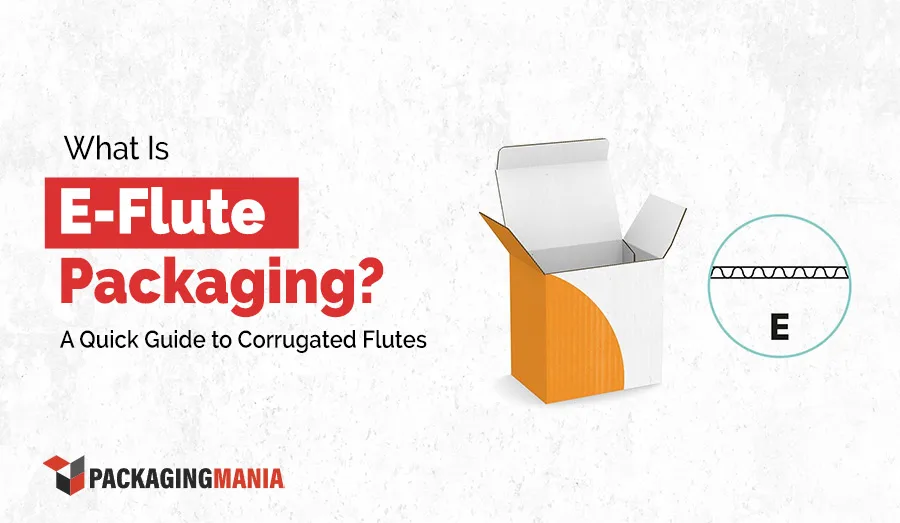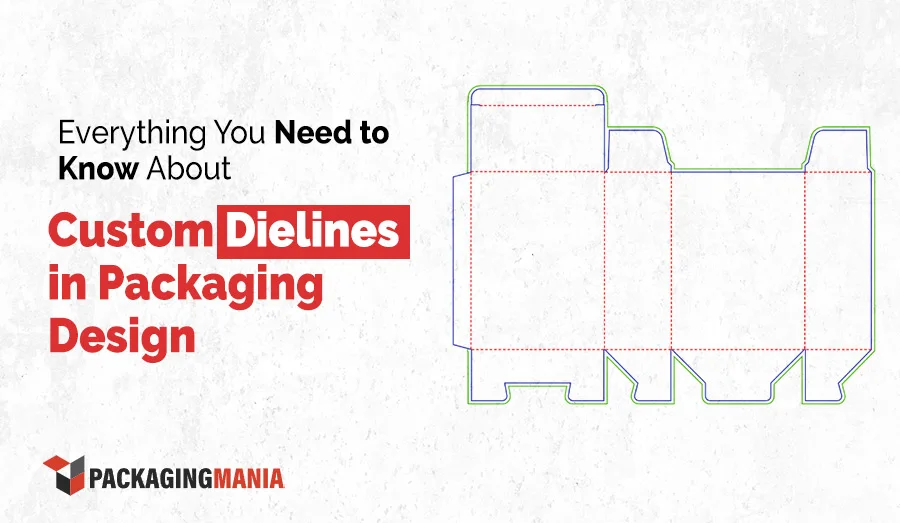By Blake Harper 27 June 2024

We all know that China has taken the West by storm with their innovations and cuisines. However, there is another nuance that is quite popular in America like Western homelands. These are Chinese takeout containers. You can literally find these boxers in the whole of the country, especially in Chinatowns.
A quick fact: Unlike the name sounds, these boxes were not created in China. They were originally made in the USA. The question is what happened that associated them with China? In this quick guide, let’s deep dive into their design and history. We will also soak in their cultural significance and impact on America’s dining habits. Lastly, there will be a quick overview of the future insights of these boxes. Let’s quickly learn in this 5-minute simple yet comprehensive guide.
Design: If you look at the Chinese takeout boxes, they come in square or rectangular-shaped boxes with sharp edges. They are made of white cardboard that is folded to give them a distinctive shape and design. The upper edges have protruded sides that can be folded to make a structure similar to closing lids.
The sides feature a wire frame handle that makes it easy to carry these boxes. Almost all Chinese boxes are made of white paper that is crafted with Chinese letters in red, which often means - Thank you or Enjoy your food.
Practicality: There are various sizes of Chinese takeout boxes, mentioned below:
Their base is straight and the edges are made in a way that they can easily be converted into a plate form for easy dining (All you have to do is remove the steel wire). The fold-top design has interlocking mechanisms that will secure the food and keep it warm. The Interior has no inserts. However, they are often glued or waxed to make them leak-resistant.
Overall, if you look at these boxes, they fulfil 4 user intents:
Before conferring the cultural value of Chinese boxes, let’s have a look at their timeline and explore their origin as well as evolution over time:
Origin: Unlike Americans think, Chinese takeout boxes were made in the USA. The credit goes to a Chicago-based inventor, named Frederick Weeks Wilcox. In 1894, he filed a patent for a unique box, based on the following muses:
Flashpoint: A quick fact that needs to be added here is that boxes similar to Chinese takeout vessels were already there in the USA before 1894. These were called ‘Oyster Pail Boxes’ and were used to carry oysters. Due to their strong body and uni-design, they can even handle liquid sipping.
How these boxes became common: Although Wilcox’s box was not inspired by China’s culture, Chinese people, themselves, have a huge role in its spread. Chinese migration to the USA started in 1849 after the California Gold Rush. They presented their local foods in the country. A century later, following World War II, American’s taste for Chinese cuisine further expanded due to the suburbanization of native Chinese. Spring rolls, noodles, chop suey, egg foo young, and other dishes became common. These foods have high thermal activity and often contain liquid, needing a transit means that is leak-free and can keep the food warm. This is where Wilcox’s boxes came in handy.
What made them Chinese: In the 1970s, a designer at Fold-Pak (a top producer of these paper cartons) gave a Chinese touch to these boxes. He added words like “Thank you/Enjoy” in the native calligraphy style and a pagoda symbol.
After the boom in Chinatowns in the USA and heavily used for Chinese food deliveries, these American boxes became associated with China. Susan Spencer, a famous journalist satirically refers to these boxes:
"So we have American food, basically, in an American box, and we all think that we're going around being ethnic?"
You know a Chinese takeout box is a clear sight when Peter Kim, executive director of New York's Museum of Food and Drink praises it. He says and I quote: “You see it (Chinese takeout boxes), and you know exactly what it means.” But what is the thing that has affected this American standard bearer?
Over the past few years, Chinese takeout boxes have affected American’s dining habits. Particularly, after the increase in the takeout culture, their use has increased. As per stats, there are 40,000 Chinese restaurants in the U.S., 3 times more than McDonald's. Most of these hotels serve takeout delivery in Chinese takeout boxes.
Since the frequency of takeout and dine-out has increased greatly in the USA, the consumption of these boxes has also become higher. An average citizen orders a delivery 4.5 times per month. In fact, 57% of Americans rely on takeout rather than dining at home.
A minor yet crucial aspect is that Chinese takeout boxes have promoted overeating. A large size and abundance can contribute to overeating.
Future Trends
With the rise in tech, brands are opting the ways that save their resources and bring more value. The following are some options that a company can use in their Chinese takeout boxes for more consumer engagement:
Conclusion
Chinese takeout boxes are jars that are unique with good usability and industry uses. These are basically American boxes, made by Frederick Weeks Wilcox in 1894. However, the use of Chinese letters and pagoda symbols has tied them with China. Today, they are being used on a large scale in the USA, bearing on many people daily. Now, these boxes are a means of connecting different cultures and offer a hint of nostalgia. If you are interested in using these boxes in your production line-up, Packaging Mania can lend you a hand. With their experts, they offer a meticulous design with free consulting and delivery. Further, they provide competitive rates as well as free custom quotes.

16 July 2025



28 June 2025
